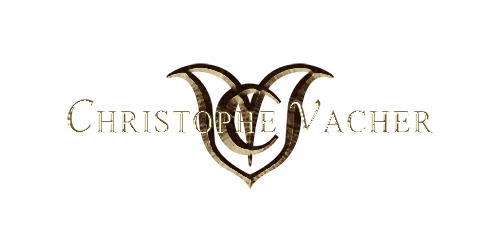Moonlight Ghost Process
MOONLIGHT GHOST — PROCESS
I like to sometimes use a warm layer underneath my final painting, applying cooler colors on top. I find it great to leave more or less warm colors peak through the cooler ones, to play with the balance of warm and cool temperatures in the image. It also allows to focus on the values and lighting in the image first before moving into the color work. It provides better unity in the overall tones.
It’s comparable to the similar old school technique that uses a cool grey under-painting (called “grisaille”) covered with warm layers on top. It’s just the reverse method.
In both cases, the idea is to play with warm and cool color temperatures, a very important color and light principle that is also used in photography and can be observed everywhere in nature.
In this painting, I used a limited palette of Burnt Umber, Indian Red and Payne’s Grey (and black and white —which, technically, are not colors).
(In each phase below the video, you can click on the image to see them bigger)
Phase 1:
The sketch. I almost always draw a small sketch before doing the one for the full size painting. Then, there are many different ways to reproduce that small sketch onto the canvas at full scale.
Very often, I use a proportional grid. In this case, I didn’t. I simply blew up the small sketch at the proper bigger size in a xerox machine, then carbon traced it onto the canvas. Then I sealed it with pencil fixative.
Phase 2:
For the underpainting, I use a wash of Burnt Umber, which has pretty deep saturated pigment, and can provide a very dark or very light range of values.
I start by painting the shadows in.
Phase 3:
Once the shadows are in, I complete the lighter parts and readjust the overall lighting as needed, trying to focus the lightest part in one specific area, where the character stands. All this can be done in one single session.
I then let it dry. I mix medium with my oil to allow for quicker drying.
Don’t abuse it, though, as it can make your paint crack on the long term. Also, if you start the first layers with more oil and less medium (i.e. more “fat” than “lean”), don’t ever add more medium in your paint, as the top layers will dry faster than the lower layers and your paint will crack for sure, especially if you paint thick.
Phase 4:
The overall lighting has now been established. I need my character to stand out and read in the best possible way over the background, so I push the values on her cape.
Phase 5:
At this point, I start painting the cooler colors on top of the warm underpainting. The beginning of this phase is crucial, as I need to make sure I am not covering too much of the warm underpainting, especially in the light values. It’s a delicate process.
I begin with the furthest, lightest part of the background, working up toward the closest parts.
Phase 6:
I keep the process going. I use mostly Payne’s Grey and white, adding a bit of Indian Red for a better transition with the Burnt Umber underneath. I try to keep consistent with the lighting rules I have established in the image: a cooler moonlight, balanced by warmer shadows. All this has to be kept in mind, as well as how the light is bouncing back from plane to plane, and how its temperature is affected.
Phase 7:
Time to paint the figure. It’s the most difficult part of the painting. First because she is quite small, but also because she is a female figure (the delicate features of her face are harder to paint), and because the translucent nature of skin and hair in a cool light/warm shadow environment can be quite hard to render. Her face, her hair, her hand, everything has to still look feminine, yet capture the subtleties of warm and cool reflections inherent to the haunting, almost surreal lighting of the scene.
Eventually, I intent to create a slightly warmer mood in her colors that will contrast with the cooler environment.
Phase 8:
This picture turned out a little too blurry, but it still gives a hint of the work on the stone floor texture and color. Several things are at play here: the different tones and temperatures of the stones, and also their texture, polished in places, rougher in others.
It is important to not simply reproduce what you see on a photo when you use reference, like in this case. You also want to think about what these stones might have gone through over time to be able to accurately render their texture or their reflectivity.
Phase 9:
Final phase. When painting certain areas of the scene —like the front parts of the stairs railing and the floor foreground— I introduce more Burnt Umber in the Payne’s Grey and white to give a slight difference of stone color.
I have kept the general palette quite muted (as it often is in nature), which gives a better sense of realism.
Finally, I add soft moonlight rays behind the character and subtle layers of “fog” in the light back areas, to both unify them better and add a more surreal, haunting feeling to the scene.


